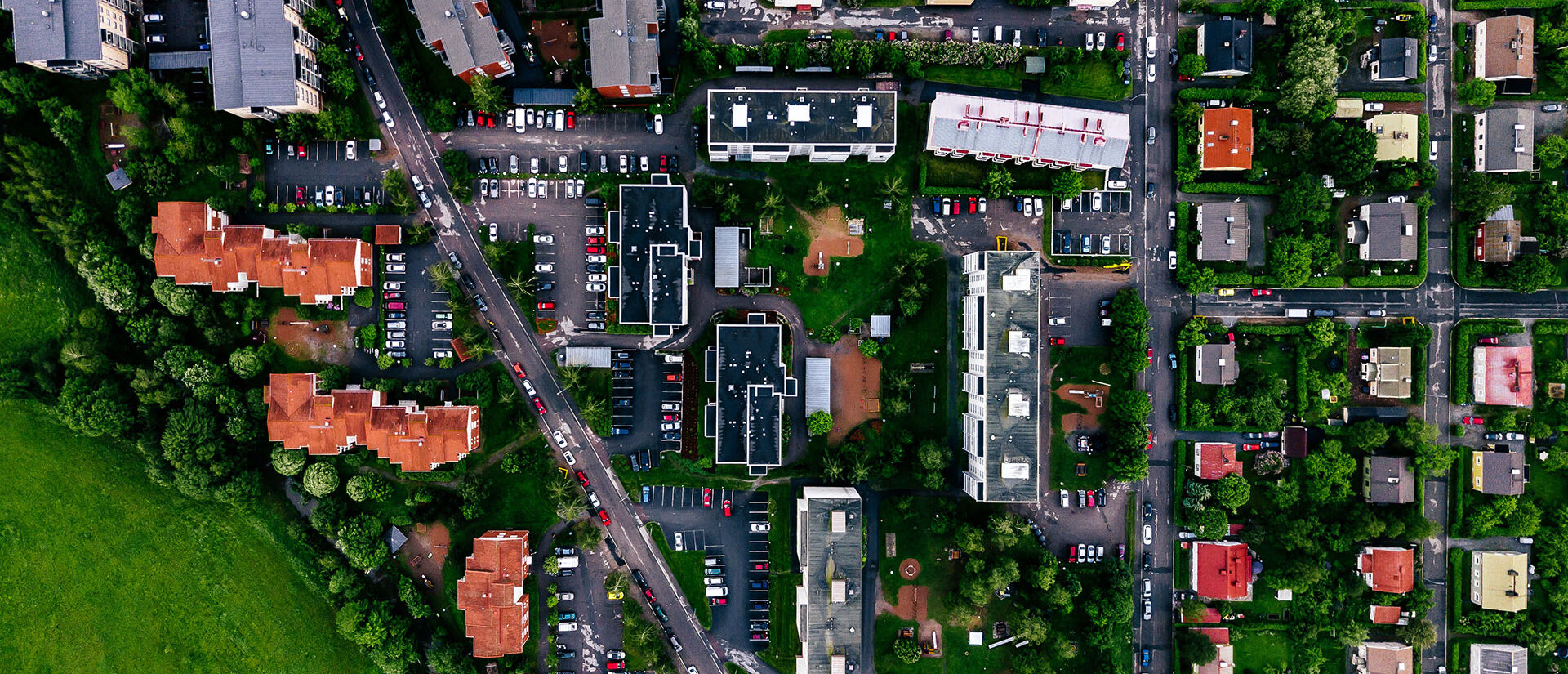- Kansantalous
- PTT Työpapereita
Yrjölä, T. & Vuori, L 2017. Infrajärjestelmien yhteistyö haja-asutusalueilla. PTT työpapereita 188.
Tiivistelmä: Yhteiskunnan infrastruktuuri eli perusrakenne muodostuu niistä palveluista ja rakenteista, jotka mahdollistavat yhteiskunnan toiminnan. Infrastruktuuri jakautuu sosiaaliseen ja tekniseen infrastruktuuriin. Sosiaalinen infrastruktuuri sisältää julkiset ja yksityiset palvelut. Teknisen infran piiriin kuuluvat mm. liikenneverkot, energiahuollon verkostot, jätehuolto, vesihuolto ja tietoliikenneverkot. Tässä työpaperissa raportoidaan kyselytutkimuksen tulokset. Kyselyn tavoitteena oli testata eri yhteistyömallien kiinnostavuutta, niiden tuomia mahdollisuuksia sekä niiden toimivuutta sidosryhmien näkökulmasta. Tutkimus toteutettiin kvantitatiivisena eli määrällisenä kyselytutkimuksena. Tutkimusaineisto kerättiin sähköisellä tutkimuslomakkeella. Aineistoa analysoitiin tilastollisin menetelmin pyrkien kuvailevaan analyysiin. Infrajärjestelmien välinen yhteistyö on hyvä vaihtoehto haja-asutusalueiden infrajärjestelmien kehittämiseen. Yhteistyön vahvistamiseksi infrajärjestelmien hoito olisi viisasta antaa asiantuntijoiden huolehdittavaksi. Yhteistyötä kahlitsee kuitenkin asiantuntijuusvaje. Infrajärjestelmien osaajien koulutustarve onkin ilmeinen. Lisää asiantuntemusta tarvitaan erityisesti infrajärjestelmien rakentamiseen ja perustamiseen. Infrajärjestelmien välisen yhteistyön uskotaan luovan maaseudulle työpaikkoja. Mitään yhteistyömallia ei koettu kokonaisuutena selvästi paremmaksi kuin muut. Kaikissa malleissa infrajärjestelmät pysyvät paremmassa kunnossa, koska niitä hoidetaan ammattimaisesti.
Asiasanat: maaseutu, infra, infrajärjestelmät, yhteistyö
Yrjölä, T. & Vuori, L. 2017. Co-operation between elements of rural infrastructure. PTT Working Papers 188
Abstract: Infrastructure of a society consists of services and structures that enable functions of the society. Infrastructure can be divided into social and technical infrastructure. Social infrastructure includes public and private services, whereas technical infrastructure consists of e.g. traffic networks, energy networks, waste management, water supply and data networks. This working paper reports the results of a survey. Aim of the survey was to clarify the attractiveness of different models for co-operation, their possibilities and functionality from the point of view of different stake holders. A quantitative a survey was conducted as a computer aided web interview. The data was analyzed with descriptive statistical methods. Co-operation between different elements of infrastructure is a good alternative for developing infrastructure in rural areas. In order to strengthen the co-operation, experts should be used to take care of the elements of the infrastructure. However, co-operation is hampered by lack of expertise. The need for educating experts for this purpose is imminent. In particular, additional expertise is needed in building and founding of infrastructure. Increasing co-operation between the elements of infrastructure create employment in rural areas. Any model of co-operation was not considered better than other models. All models contribute to the better condition of the elements of infrastructure as a consequence of professional management.
Keywords: rural, infrastructure, elements of infrastructure, co-operation

